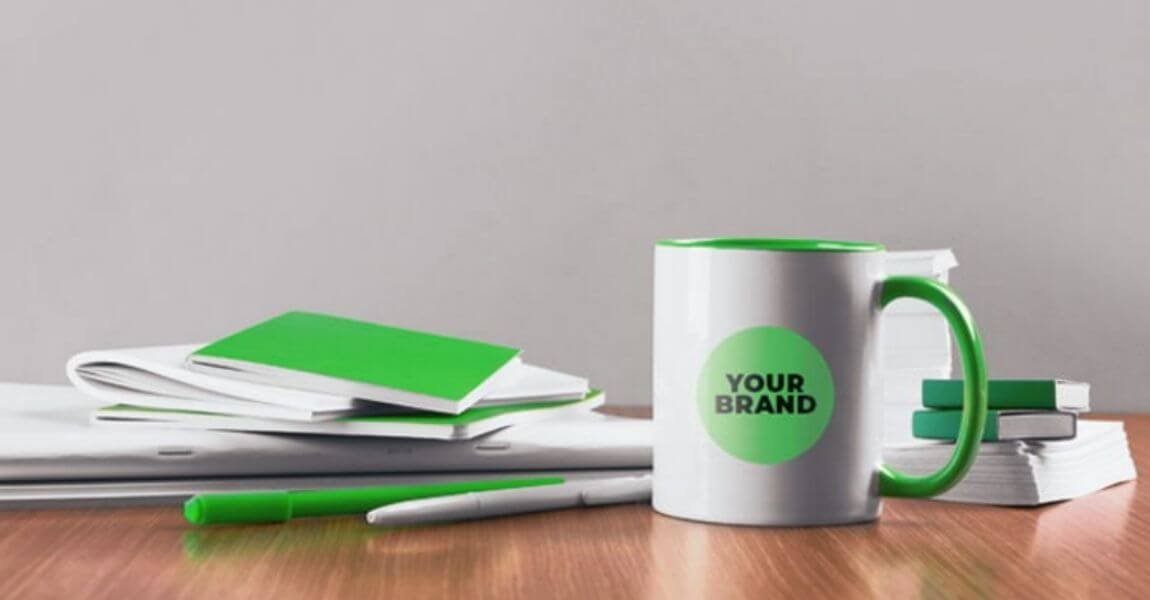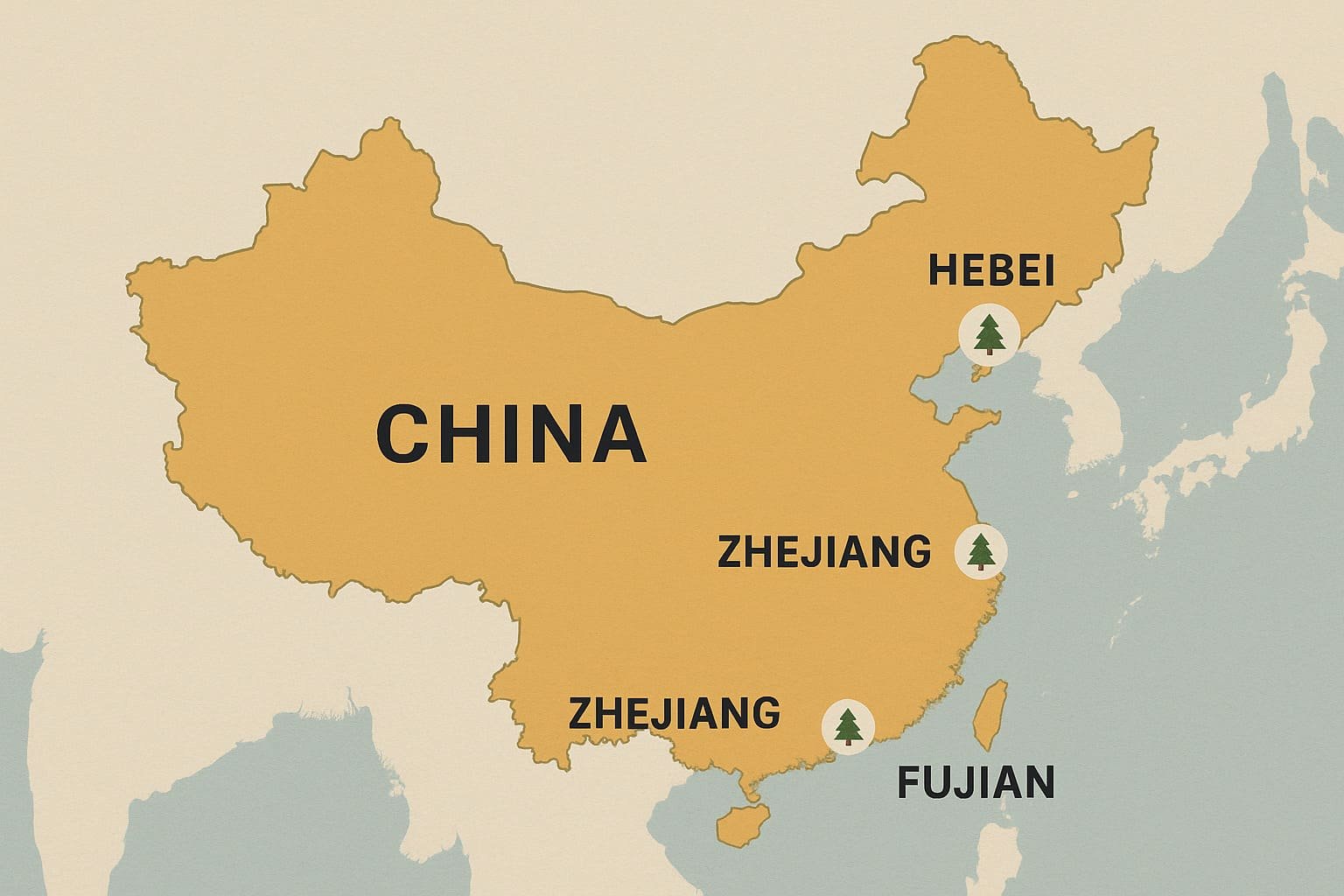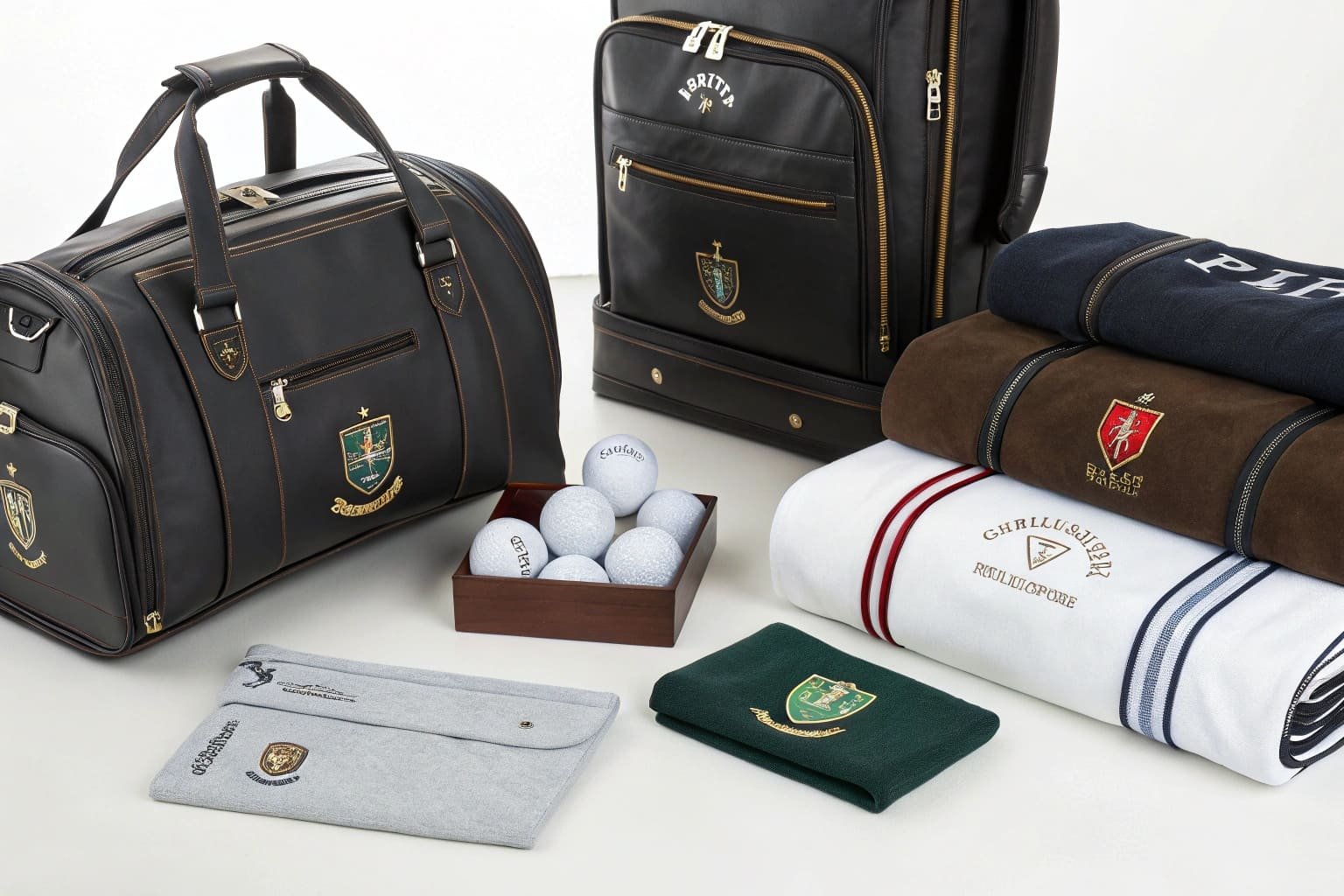Sample approval is unquestionably required before placing an order with a supplier. There is no doubt that neither pictures nor video presentations are as authentic as the actual samples you receive and examine.
But here’s a question I frequently get from new customers: Can you provide me with free samples for confirmation? In fact, whether or not free samples can be provided is determined by the value of the samples themselves. It also depends on how you communicate with suppliers during the inquiry.
Now, I will share some inside information from my nearly 16 years of experience in the promotional products industry.

#1. Which samples are available for free from suppliers?
There are remaining products from stock with little cost, and factories are generally willing to provide them. All they have to do is locate the sample from the warehouse or sample room and pack it, which will not take up too much of their time and energy.
This type of sample is most likely overstocked from the previous shipment or the stock samples left by other customers. As a result, the color of the sample might not appeal to you. You may require a blue sample, but it is only yellow from the stock. You might prefer that it be packaged in a standard neutral color box, but it is only packaged in a white box. But why bother when you can get it for free? After all, our first priority is to confirm the sample quality as soon as possible.
The low-value samples I mentioned earlier usually refer to the category with a value of less than USD 10, and the factory is more willing to send them. However, if the factory is short on orders or eager to gain new customers, some samples worth more than 10 dollars will also be provided free of charge. Of course, everything is contingent on your negotiation skills and sincerity regarding courier fees.

#2. Which samples are unlikely to be given away for free?
2-1. Customized Samples
In contrast to something ready and inexpensive to give away, customized samples, which involve logo printing, color boxes, and the use of new molds, are unlikely to give for free due to the cost and the time consumed. Also, confirming the sample details back and forth is quite a painstaking task for the suppliers. You need to negotiate with your supplier on the cost and the timetable.
Regarding the samples that must be manufactured by mold, I recommend that they be made using 3D printing technology, which has rapidly and successfully developed, saving at least 80% of the cost of traditional grinding tools.
2-2. Expensive Samples
Most suppliers consider samples worth more than USD 50 to be expensive and difficult to give away free of charge. You might think that it’s only $50, and just what we’d pay for a restaurant meal. However, at the current exchange rate, 50 USD is equivalent to approximately 350 RMB, which is nearly equal to a worker’s two-day salary, a significant expense that the suppliers will certainly consider.
2-3. Patented Items
Most suppliers are now well aware of the importance of protecting their product patents and they will not give away their patented goods for free. To avoid the overabundance of counterfeits on the market, they even raise the sample cost in order to evaluate the buyers, assuming that buyers willing to pay more for samples have a strong desire to promote the products and protect their patent rights with them against counterfeits from the competitors for the interests of both parties.
2-4. Current Best-selling Products
Since this product has been selling well, it is clear that it is a market favorite. You might be wondering why factories aren’t willing to provide free samples in order to increase their market share.
In fact, things are different when it comes to the mass production of popular items. The suppliers’ and manufacturers’ mindsets are influenced by two factors as follows:
First, the fact that this product is selling well indicates that suppliers are not currently short of customers, or that they are in a rush to attract new customers. Therefore, they are less likely to provide free samples, and they will even use a higher sample cost to filter and select valuable customers.
Second, the production of a popular item frequently causes the manufacturing line to run at full capacity. Almost all the machines and skilled workers are working extra hours to keep up with orders. During the peak seasons, suppliers naturally hesitate to spend time and energy on business opportunities that are uncertain, as not every inquiry or sample delivery will lead to a purchase order. Furthermore, even if new orders are received, the factory may be unable to deliver the goods on time due to the limited production capacity.

#3. How is the sample fee calculated?
There is, in fact, no set formula for this. Because the costs of each industry or product vary. Typically, it is 3 times the selling price. The labor cost required for making the sample accounts for the majority of them.
Considering luggage products as an example. In fact, the raw materials are worth little. If you don’t have any special requirements for materials, you can buy them in the regular cloth market. However, the wages paid for the sample makers, who are often more skilled and professional than workshop workers, are much higher, usually 3 times, or even 5 times, than of the latter during their busy season. Therefore, the cost of the samples that are not ready-made from the stock, is often higher due to labor costs.
In addition, some products require additional mold process, printing and etc., which increases the sample costs.
As a result, assuming that we can fully understand the appearance, size, material, and other important requirements of the samples using the factory’s ready-made stock samples, I recommend that we use them as much as possible. Not only can you save a lot of money, usually twice the selling price or even lower, but the ready-made stock samples can be sent out at any time after the sample fee is paid, thus speeding up the order, which is important for some hot-selling products and seasonal products.

#4. How should the sample fee be paid?
This seems like a stupid question to ask. What other options do I have? Isn’t TT or Paypal the most commonly used payment method?
Yes, everything you believe is correct. Generally, the sample fee will not be excessively high. Taking the promotional products industry, for example, it is possible to spend $50 to $300 on a regular sample, except for samples’ special customization, of course.
However, in many cases, the remittance fee is often a significant expense. When you need to buy samples from different suppliers every month, the total handling fee can easily reach tens or even hundreds of dollars. And I have concluded a tip that is also a method I frequently use for your reference.
For example, suppose you buy samples from the same supplier four times this month, and the sample fee is 50 dollars each time. There will be an extra charge of handling fee each time you pay your supplier 50 dollars.
Or, you can negotiate with the supplier and reach an agreement, such as settling your total sample fee every 2 months, or paying them when the sample fee reaches 500 USD. This will save you a substantial amount of money on transfer fees. Of course, it will only work if you have established a cooperative, mutually beneficial relationship with your suppliers; or if your company is well-known in the industry and has adequate commercial credit endorsement.

#5. How do you communicate with suppliers to get the freest samples?
This may be a concern for all buyers. According to my experience, the following two steps are essential:
First and foremost, you must understand the rhythm of the inquiry process. Assume two distinct scenarios, requesting samples the day after you receive the supplier’s quotes, or requesting samples after communicating via email or telephone for a week or even half a month about the product details, delivery, payment, and so on. Then, which suppliers will be more willing to provide free samples?
The second one, without a doubt! Because not only the buyer but also the supplier, has invested a lot of time and energy in the process, these sunk costs will prompt the other party to make a decision, making it easier to provide you with free samples.
Secondly, try to demonstrate your worth to suppliers in a variety of ways. Please keep in mind that I’m talking about displaying myself, not displaying my strength. There are clear distinctions between the two.
It is not necessary to elaborate or even brag about how strong your company’s purchasing power is or how big the purchase orders will be. Even if the suppliers believe it, they also understand that the big orders are demanding work, and sometimes even come with meager profit. So, in the face of your boasting, some suppliers may become cautious and down-to-earth thinking, “Why should I provide samples when there is no shadow of the order?”
On the contrary, tell the supplier your company’s history, or discuss your suggestions for improving this product and what selling points can be added as a result of these suggestions to meet the needs of your local consumers. I would venture to say that the vast majority of suppliers appreciate such customers because you are “doing the same thing” and may even become “partners” in the future. No supplier will refuse to provide partners with free samples.

#6. How can I proceed to the next step if I am not satisfied with the samples I received?
When you are not satisfied with the samples you receive, and discover some functional problems after testing them, I recommend that you provide feedback to the supplier in the form of photos or videos, along with your correction requirements and suggestions. And, NEVER believe the supplier’s words: ”this is a minor issue with a simple solution. We will completely avoid this issue when we make a large shipment.”
As the first step of formal order, samples are always the most difficult step. An old Chinese proverb states that everything is difficult before it is easy. How can we be certain that there will be no problems if even the samples cannot be produced correctly? In fact, I have learned a lot from my previous mistakes with the samples, and I suggest that you ask the supplier to rework the samples until they meet your requirements. Otherwise, you will have problems later.
If a supplier’s samples are initially rejected and still fail to meet your requirements after several revisions, you should, then, seriously consider looking for a backup plan, because this supplier’s production or management ability cannot comply with yours.
#7. How do I find a professional supplier of promotional items?
I recommend you have a look at another article I wrote with the following link:









